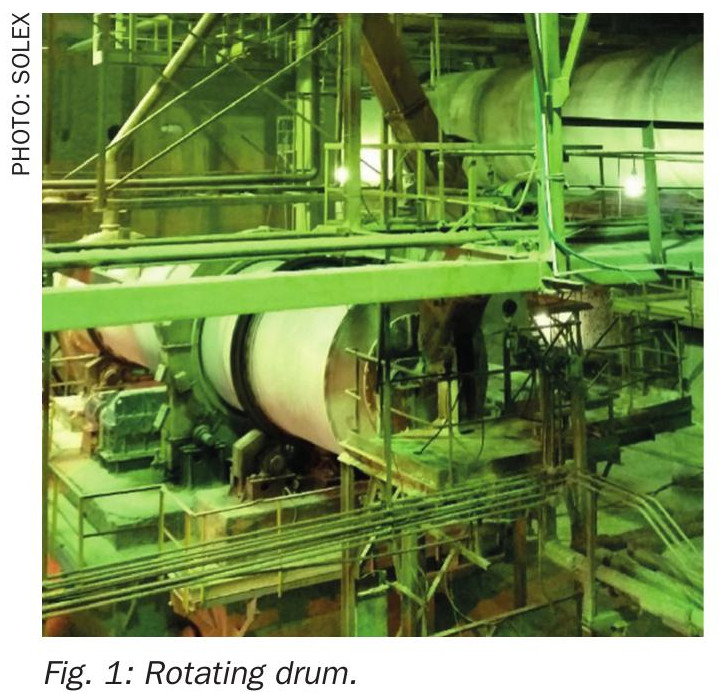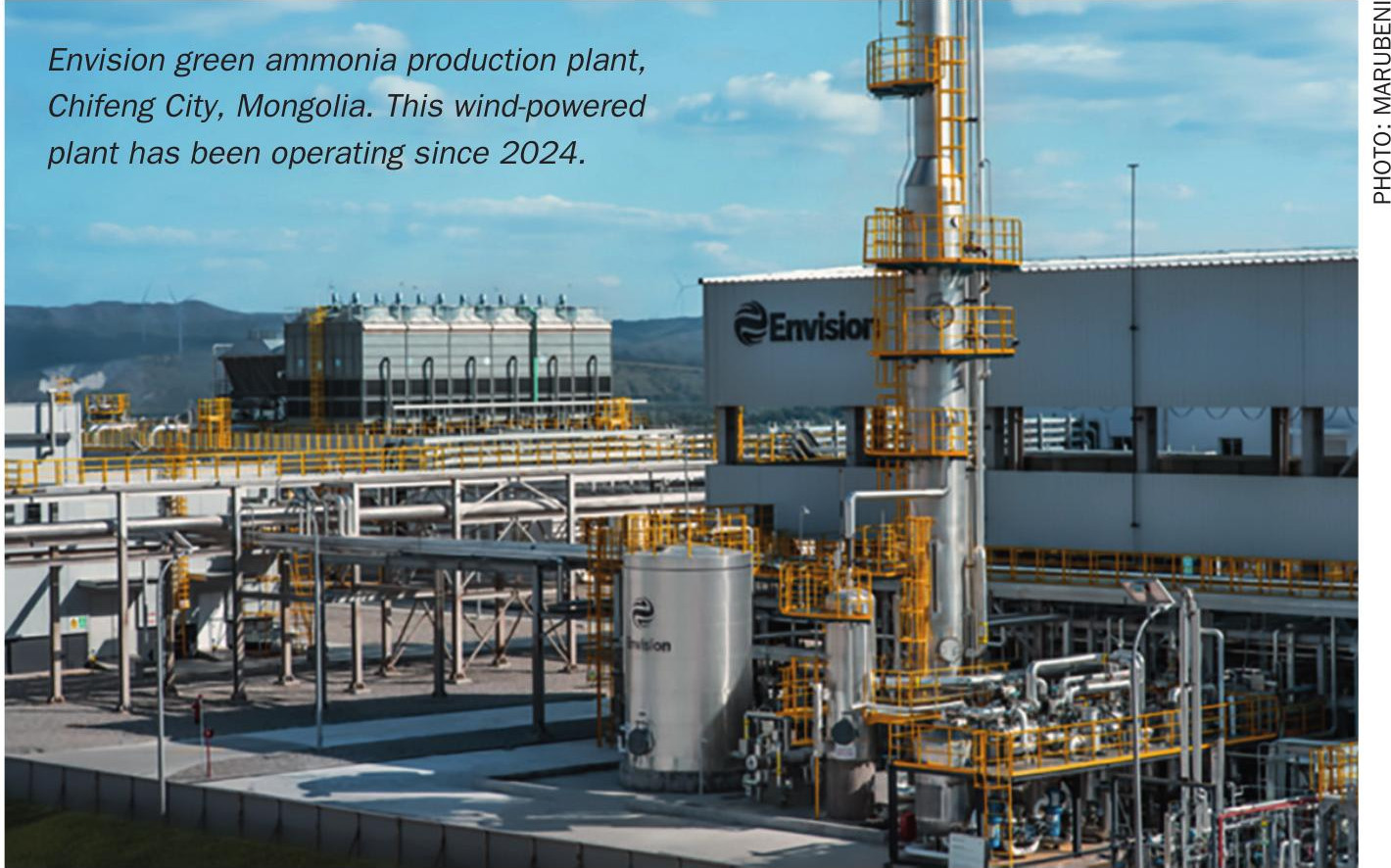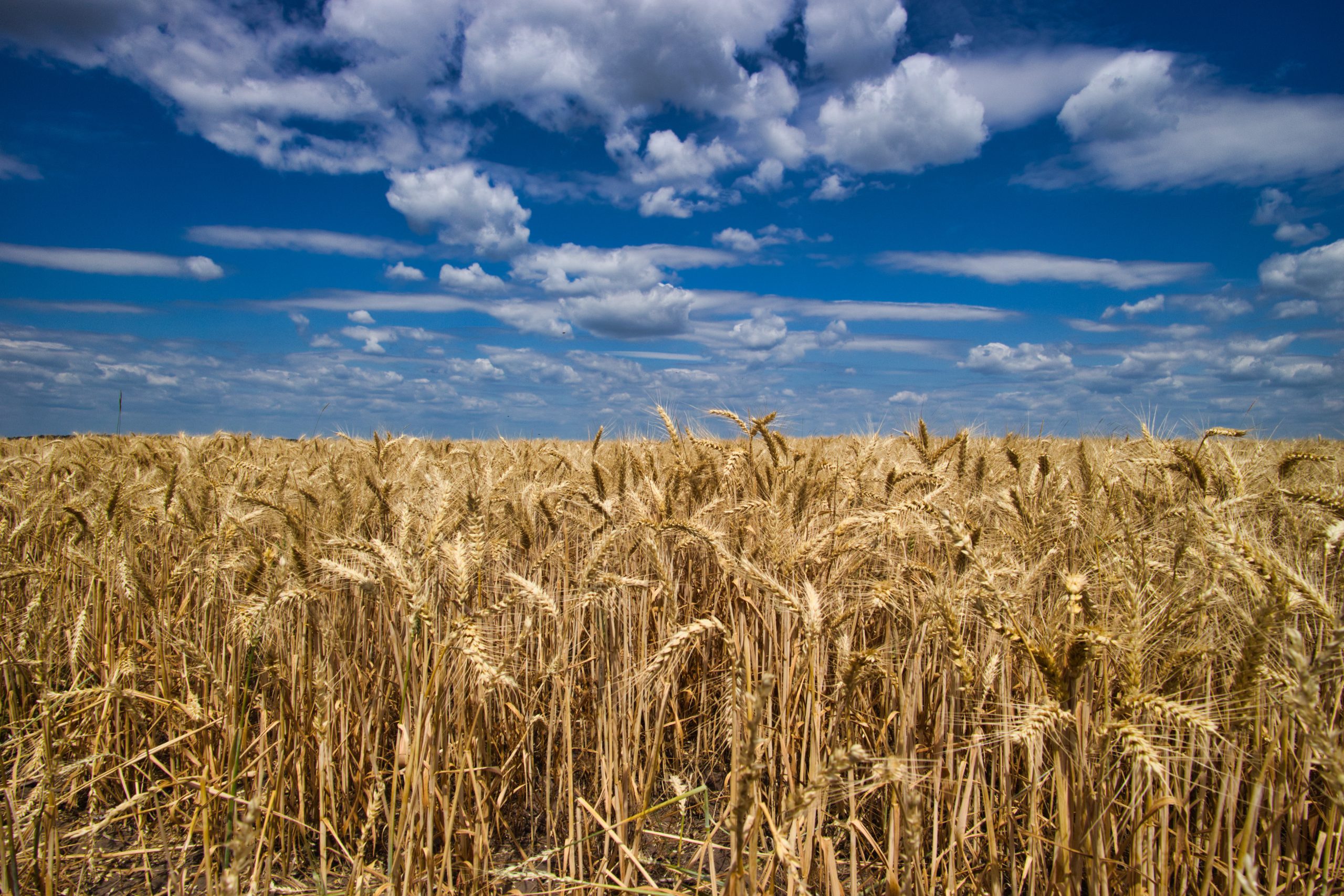Fertilizer International 521 Jul-Aug 2024

31 July 2024
Boron: what do we really know?
MICRONUTRIENTS
Boron: what do we really know?
Today’s agronomists and farmers recognise the importance of boron in agriculture. But what do we know about why plants need boron and how boron deficiency affects crops? Fabiano Silvestrin, Principal Advisor, Global Market Development, Agriculture, at U.S. Borax has some answers.


Introduction
Boron was first recognised as an essential plant nutrient by the pioneering botanist Dr Katherine Warington of the Rothamsted Experimental Station in 1923. We therefore have 100 years of research and field trials showing the importance of boron in agriculture. This includes boron’s significant role in:
- The strength of plant cell walls
- Membrane function and cell division
- Stimulation/inhibition of metabolic pathways
- Development of flowers and fruits
- Both new and reproductive growth.
Adequate boron is a crucial factor in high crop yields and quality. Depending on the crop, boron deficiency can cause:
- Misshapen, thick, small, brittle leaves – typically affecting the youngest leaves first
- Short, shrunken stems and stunted or reduced growth points
- Cracked or watery tissue or fruit
- Malformed or irregular fruit or kernels.
In addition, boron also affects the availability of other nutrients for plant uptake, such as potassium, nitrogen and calcium.
So, what do you really know about this essential micronutrient?
Types of borate and their solubility
While it is clear that crops need boron, there is still debate about what sources of boron function best in agriculture. There are basically two classes of borates:
- Refined borates are those where the original source material has gone through a refinement process. Examples include boric acid, disodium octaborate tetrahydrate, borax decahydrate, borax pentahydrate, and anhydrous borax.
- Mineral or unrefined borates which have had no refinement process. Examples include hydroboracite, colemanite, and ulexite.
Borate solubility by type
How available boron is to the plant is partly determined by borate solubility. The solubility of borate products, in turn, depends on the source material and the interaction of the boron with sodium (Na), calcium (Ca), and magnesium (Mg). Borates containing more Mg and Ca are generally less soluble.
Most of the boron fertilizers used in agriculture are derived from the following borate ores, in order of increasing solubility:
- Hydroboracite (CaMgB6 O11 6H2 O), calcium and magnesium borate, is practically insoluble in water (solubility of 0.8 g/l at 20° C) l Colemanite (Ca2 B6 O11 5H2 O), calcium borate, has low water solubility (4.7 g/l at 20° C)
- Ulexite (NaCaB5 O9 8H2 O), calcium and sodium borate, is partially soluble in water (10.9 g/l at 20° C)
- Kernite (Na2 B4 O7 4H2 O), sodium borate, is water soluble (19.0 g/l at 20° C)
- Tincal (Na2 B4 O7 10H2 O), sodium borate, also known as borax, is water soluble (26.5 g/l at 20° C)
Refined borates such as boric acid (H3 BO3 ) and disodium octaborate tetrahydrate (Na2 B8 O13 .4H2 O) are highly water soluble compared to unrefined types. Their water solubility ranges between 47.2 g/l and 97.0 g/l at 20° C, respectively. Because of this, refined borates are widely used to produce liquid fertilizers for foliar fertilization and fertigation.
Why solubility matters
Plant roots take up boron from the soil solution as uncharged boric acid (H3 BO3 ). Boric acid is a small molecule and is the only crop nutrient which isn’t absorbed from soils as an ion by plant roots. Boric acid is transported through the soil to plant roots via mass flow – meaning that without water H3 BO3 cannot move through the soil.
Once applied to the soil, borates undergo chemical transformation into H3 BO3 . Regardless of the type of borate applied – ulexite, colemanite, or borax pentahydrate – plant roots will always uptake boron in the form of H3 BO3 by mass flow. The H3 BO3 , once absorbed, is translocated to the whole plant via the xylem.
It might be assumed that directly applying boric acid to the soil offers the best way of fixing boron deficiency. But boric acid also has a greater potential to cause plant toxicity compared to other boron sources. That’s because boric acid is readily available for uptake via roots – therefore plants can more quickly absorb boron.
When partially soluble ulexite is applied to the soil, only 35-46 percent of the boron present in this mineral will be released within 40 weeks, due to the strong bond between boron and calcium.
In contrast, when a refined sodium tetraborate pentahydrate product (such as Granubor® from U.S. Borax) is applied to the soil, almost 100 percent of boron present in this fertilizer will be gradually released in the soil within 40 weeks.
Summing up, if the applied borate product is only partially soluble in the soil solution, growers will be leaving a valuable fertilizer in the field – one that is unavailable to crops.
Take a look at the soil
Once the importance of boron solubility to crops is properly understood, growers then need to look at the make-up of the soils in their fields to ensure they have proper levels of available boron throughout the growing season. The following soil characteristics plays a major role in determining the plant availability of boron:
REFINED BORATES FROM U.S. BORAX
U.S. Borax agriculture products are fully refined to remove impurities and maximize potential plant uptake. This process results in a pure, natural product designed to optimise crop nutrition throughout the growing season.
The U.S. Borax refining process involves the following important steps:
- We mine high-quality sodium borate ore that is naturally low in calcium and other contaminant
- We dissolve the ore in water l We settle the dissolved borate liquor to remove impurities
- We cool the liquor and then further wash and filter the resulting crystal slurry
- We dry the refined slurry to produce dry borate crystals
- We check our products for purity, solubility, consistency, and optimal granulation
- We constantly conduct and review field tests and other research to improve our products and services.
Many U.S. Borax products are OMRI® listed and approved for organic farming.
Questions to ask when buying boron
The best way to measure the value of a boron supplement is to look beyond the initial price point. Low-quality, unrefined products can quickly eat up any cost savings by being ineffective – and even risk creating new problems. When evaluating products, U.S. Borax therefore recommends that growers ask about the following before making their buying decisions:
- How much useable, water-soluble boron does the product contain?
- Has the product been refined to remove contaminants such as arsenic, lithium, and aluminium?
- Does the product support multiple types of application?
- What is the product’s bulk density?
- Can the product make boron available throughout the growing season?
- Is the product durable (e.g., crush resistant during transport)?
- What is the typical particle size (for granulated boron products)?
- What is the price per useable measure of boron?
Types of borate ore





- Texture: Well-drained, sandy soils in high rainfall regions are most likely to be boron-deficient because of their greater leaching potential.
- Organic matter content: Most of available boron in soils is found in organic matter. This is because boron forms a complex with organic matter – removing it from the soil solution when levels are high due to boron fertilization.
- pH: Boron availability to plants generally decreases with increasing soil pH, especially above 6.5. Acidic soils (pH less than 5.0) also tend to be low in available boron.
Soil testing is a very good predictor of boron levels. Test methods used today can accurately reveal the amount of plant-available boron within soils at an average precision of +/0.1 ppm. U.S. Borax therefore recommends that growers work with local agronomists to test their soils, before and during the growing season, as the best way of determining their specific boron needs.
Boron application
Boron can be applied: Directly to soil, through fertigation, or as a foliar spray. The timing and frequency of application are important considerations – as is the selection of the most suitable boron source.
- Timing. Boron applications can be carried out at planting and in coverage, depending on the crop. The timing of applications must be adjusted to meet the boron needs of crops during the vegetative and reproductive phases – the latter being the period of highest crop demand.
- Frequency. Growers should pay special attention to boron applications in soils with a sandy texture (i.e., less than 15 percent clay) as their low retention may reduce levels of this micronutrient in the soil solution. Split doses of boron are therefore recommended in sandy soils to maximise fertilization efficiency and plant uptake. More generally, application frequency will also depend on the crop fertilization programme. Soil applications can be used to complement foliar applications, especially in plant growth stages associated with strong boron demand, such as flowering and fruit formation.
- Selecting the right source. For effective soil fertilization, growers should select efficient boron sources capable of releasing 100 percent of their content and making boron available when plants need this nutrient most. Not all boron sources are equal. Indeed, U.S. Borax lab trials shows that different boron sources of the same particle size release boron into solution at different rates during the growing season (Figure 1).






